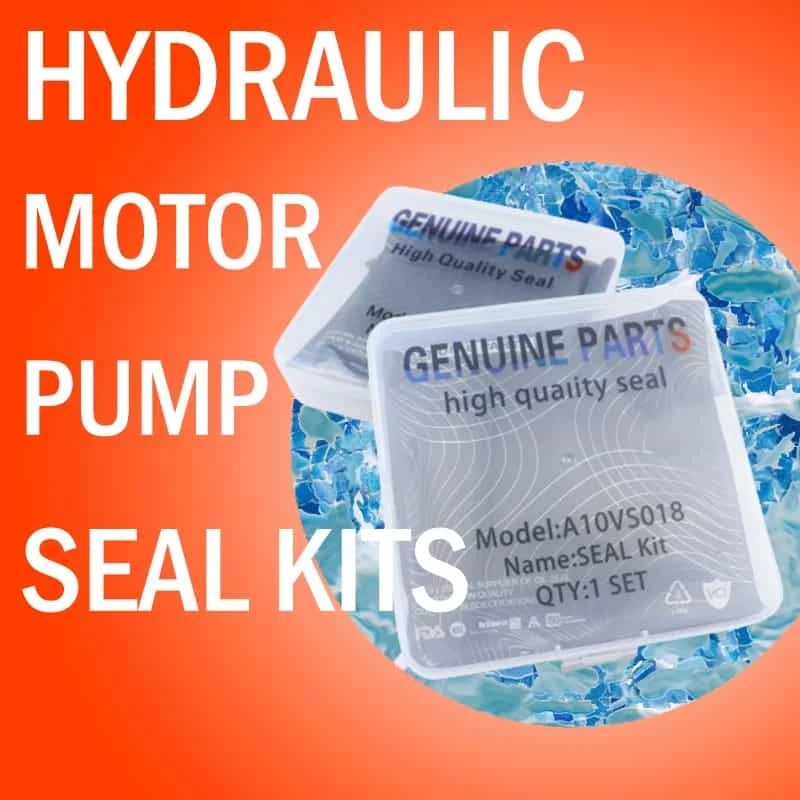දෙසැ. . 09, 2024 17:32 Back to list
Replacement Seals and Kits for Pumps to Enhance Performance and Durability
Understanding Pump Seal Kits Essential Components for Efficient Pump Operation
Pumps are crucial components in various industries, including water treatment, chemical processing, and oil and gas, serving the purpose of transporting liquids from one location to another. Given their frequent and heavy-duty use, ensuring their optimal performance is of utmost importance. One of the critical components that play a significant role in maintaining the efficiency of pumps is the pump seal kit. This article delves into the significance of pump seal kits, their components, and best practices for maintenance.
What is a Pump Seal Kit?
A pump seal kit consists of various sealing components designed to prevent fluid leaks and protect the pump's internal mechanisms from contamination
. These kits are specifically tailored to fit different types of pumps, including centrifugal and positive displacement pumps. A well-functioning seal kit not only ensures the reliability and longevity of the pump but also helps to maintain operational safety.Key Components of Pump Seal Kits
1. Seals The most critical components in a seal kit, seals come in various materials such as elastomers, PTFE (Teflon), and others, tailored to withstand different temperatures and pressures. The choice of material depends on the application and the type of fluid being pumped. For instance, chemical-resistant seals are essential for applications involving aggressive chemicals.
2. Gaskets Gaskets serve as additional sealing elements that fill spaces between pump components. They help prevent leaks from joints and flanges. The material of the gasket is crucial; rubber and silicone gaskets are commonly used for their excellent sealing properties.
3. O-rings These circular seals are designed to fit into grooves, providing a tight seal between two parts of the pump. O-rings are often made from rubber or silicone and are used in various sizes depending on the application.
4. Backing Rings These support the seals and help maintain their shape under pressure, enhancing the overall sealing capability of the kit.
5. Lubricants Some seal kits may include lubricants to help ease the installation process and ensure proper functioning. Using the right lubricant can extend the life of the seals and reduce friction, which is crucial for maintaining pump performance.
pump seal kit

Importance of Regular Maintenance
Regular maintenance of pump seal kits is essential to avoid unexpected failures that can result in costly downtimes. Here are a few best practices for maintaining pump seal integrity
1. Routine Inspections Regularly inspect the pump and its sealing components for signs of wear, deterioration, or leakage. Early detection of issues can save significant repair costs and downtime.
2. Proper Installation Ensure that the seal kit is installed correctly, following the manufacturer’s guidelines. Improper installation can lead to premature failure of the seals.
3. Use Compatible Materials When replacing components, always use seals and gaskets that are compatible with the fluids being handled. Using inappropriate materials can lead to chemical degradation of the seals.
4. Monitor Operating Conditions Be aware of changes in operating conditions such as temperature, pressure, and the nature of the fluid being pumped. Unanticipated variations can stress the seals and lead to failures.
5. Timely Replacements Don’t wait for seals to fail before replacing them. Develop a maintenance schedule that includes routine replacements based on the pump’s usage and the manufacturer’s recommendations.
Conclusion
Pump seal kits are integral to ensuring the effective operation of pumps across various applications. By understanding the components of these kits and committing to regular maintenance practices, industries can enhance their equipment's reliability, reduce downtime, and ultimately save on operational costs. As the old adage goes, “a stitch in time saves nine,” and this is certainly true when it comes to maintaining pump seals and ensuring smooth and efficient pump operation.
-
TCN Oil Seal Metal Ring Reinforcement for Heavy Machinery
NewsJul.25,2025
-
Rotary Lip Seal Spring-Loaded Design for High-Speed Applications
NewsJul.25,2025
-
Hydraulic Cylinder Seals Polyurethane Material for High-Impact Jobs
NewsJul.25,2025
-
High Pressure Oil Seal Polyurethane Coating Wear Resistance
NewsJul.25,2025
-
Dust Proof Seal Double Lip Design for Construction Equipment
NewsJul.25,2025
-
Hub Seal Polyurethane Wear Resistance in Agricultural Vehicles
NewsJul.25,2025
-
The Trans-formative Journey of Wheel Hub Oil Seals
NewsJun.06,2025
Products categories
















